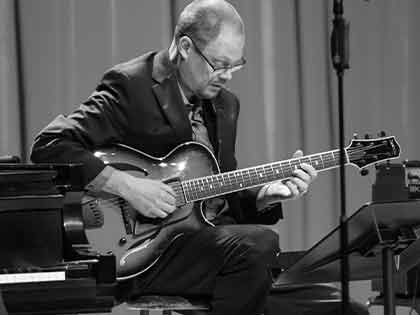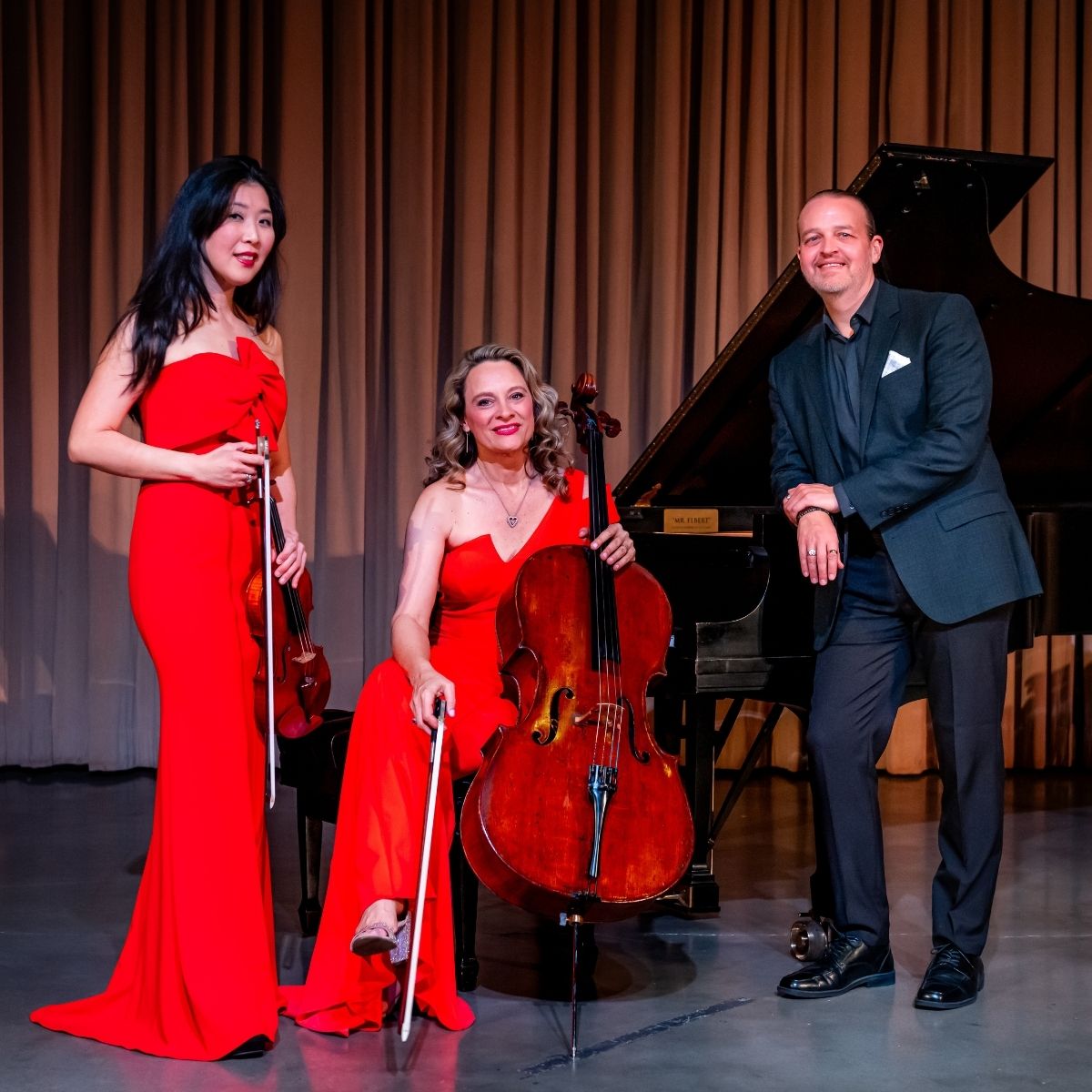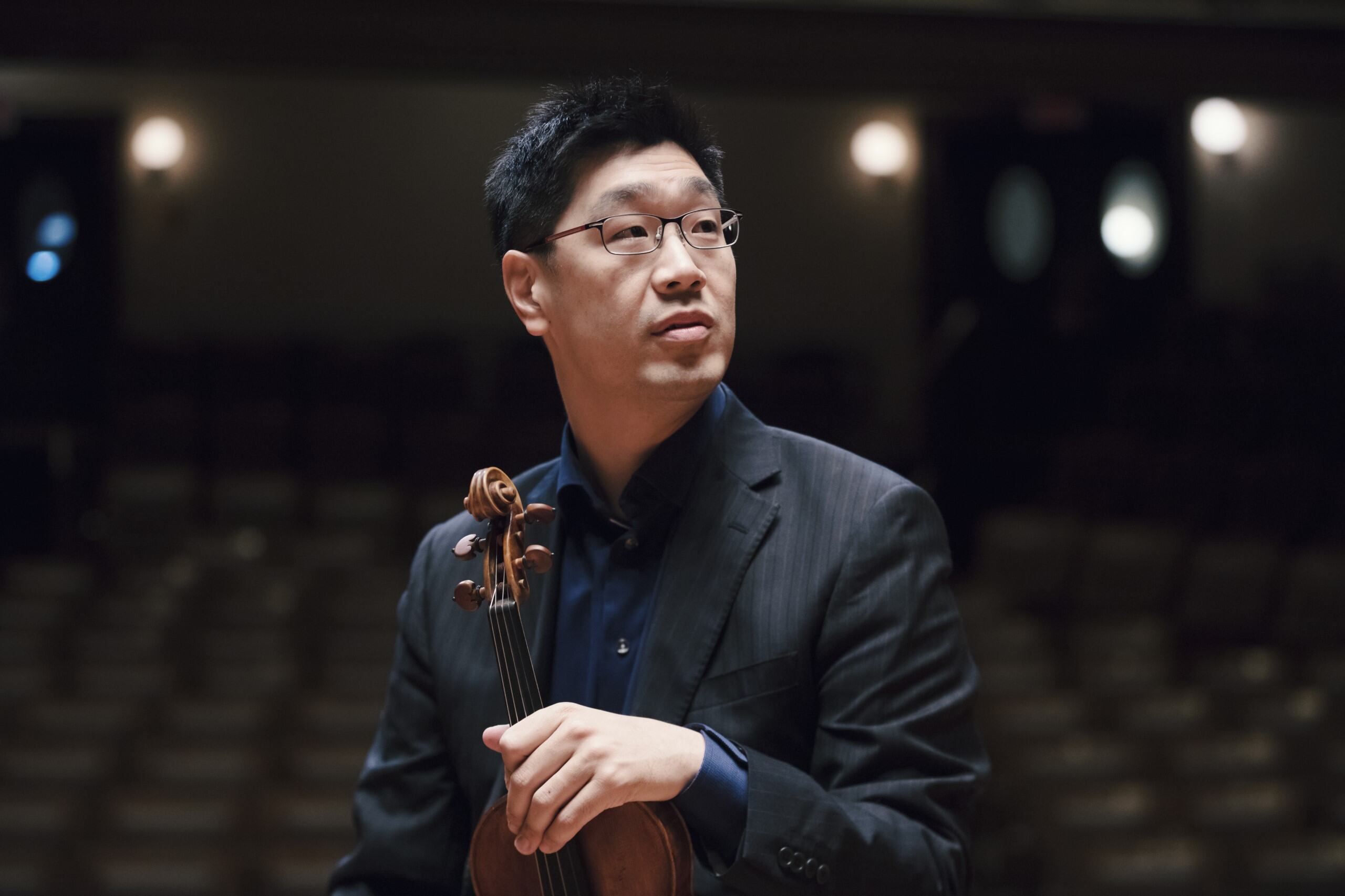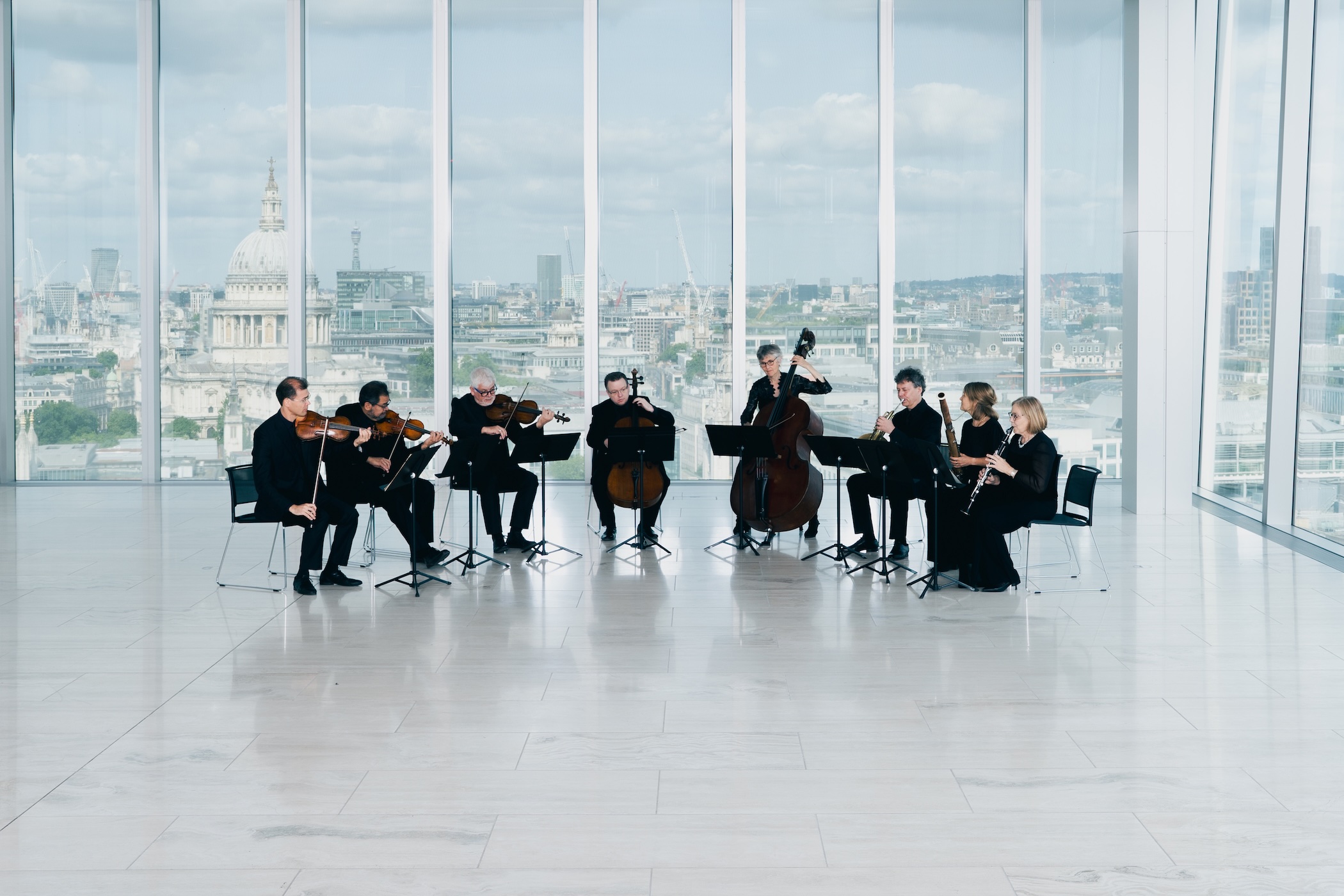KSU School of Music Jazz students learn how to build home recording studios
KENNESAW, Ga. | Sep 29, 2020
Professors and audio technicians offer practical instruction for variety of budgets

Musicians who still want to work in a COVID-19 world can benefit greatly from a home recording studio. However, trying to figure out how to get started, what equipment is required, and how to use it effectively is a job in itself. A quick Google search for “how to build a home recording studio” nets over 78 million results. Kennesaw State University (KSU) School of Music (SOM) professors in the jazz concentration have made it much easier for their students
by offering unique masterclasses on how to create a professional home recording studio,
keeping in mind that student budgets vary widely.
Conceived by professors Sam Skelton, Trey Wright, and the entire Jazz faculty, the virtual masterclasses cover the key components
of building your own home recording studio. The first masterclass, led by New York-based
drummer and music producer/engineer Marlon Patton, introduced students to the basics on how recording studios operate and what students
should expect when they record in a professional studio.
Professors Skelton and Wright next called on the technical staff of the Bobbie Bailey & Family Performance Center for assistance in educating students on the world of microphones. Joseph Greenway, assistant director of production and technology, and Mark Fucito, technical manager, put together a comprehensive masterclass covering these essential tools, including the various kinds of microphones and their uses, the best purchase options for a variety of budgets; how to isolate external sound when using a microphone; and finally, where to place the microphone on a variety of jazz instruments, drum sets, piano, upright bass, guitar, and horns.
Greenway said, “Talking about recording equipment is definitely our passion, and we really enjoy being able to share our knowledge with a group of students.” The masterclass was a logical next step, as both technical advisors had given short, in-person classroom presentations to SOM students in the pre-COVID world.
“The students are very excited about it,” said Wright. “When they get out of school, they will be doing the same thing; there are a lot of virtual big bands — people recording from all over the world — and it’s going to become the new norm.” Skelton agreed, adding, “When the pandemic hit, live music went away, and what that did was put an accelerator on people recording, moving projects from the back burner to fruition. I personally did five albums, a spot for Ellen DeGeneres’ show and one for HBO, all in my pajamas.”
Practicing what they preach, Skelton and Wright utilized home recordings for the first jazz concerts, resulting in four compositions for broadcast. “It definitely opened the students’ eyes to a lot of stuff—this mode of music isn’t going away. Musicians can record in a pandemic-safe environment, and still make incredible music with great musicians, in an easy and affordable way,” said Skelton.
Home recording studios can be created on almost any budget. Patton’s masterclass, for example, had three cost levels for working studios. The biggest jump was from low cost to medium cost, but the extra expense offered the highest quality increase. Wright said, “We have some students who bought a USB microphone for $50 and are using GarageBand and Audacity.” The students clip tracks and submit them to their professors and the rest of the group, and the professors piece it all together.
Basic audio techniques, including equalization and mixing/editing concepts, will be covered in the next masterclass, expected in October 2020. Finally, Tyrone Jackson and the Jazz Combo faculty will present a masterclass on building a track, figuring out the process, and deciding what to record first.
So far, the masterclasses have been very well received, and Wright and Skelton believe they will continue even after the pandemic is over. Wright said, “The silver lining is that our students will continue incorporating this new knowledge into their careers, regardless of the pandemic. It’s played an interesting role in pushing this technology to the forefront of peoples’ minds.”
--Kathie Beckett
Related Posts

Bailey School of Music Rings in the Holiday Season with Two Festive Concerts

Summit Piano Trio to Make Weill Recital Hall at Carnegie Hall Debut

World-Renowned Violinist Soovin Kim to Perform at Kennesaw State University

World-Renowned Chamber Ensemble Brings Global Stage to KSU Students and Community







